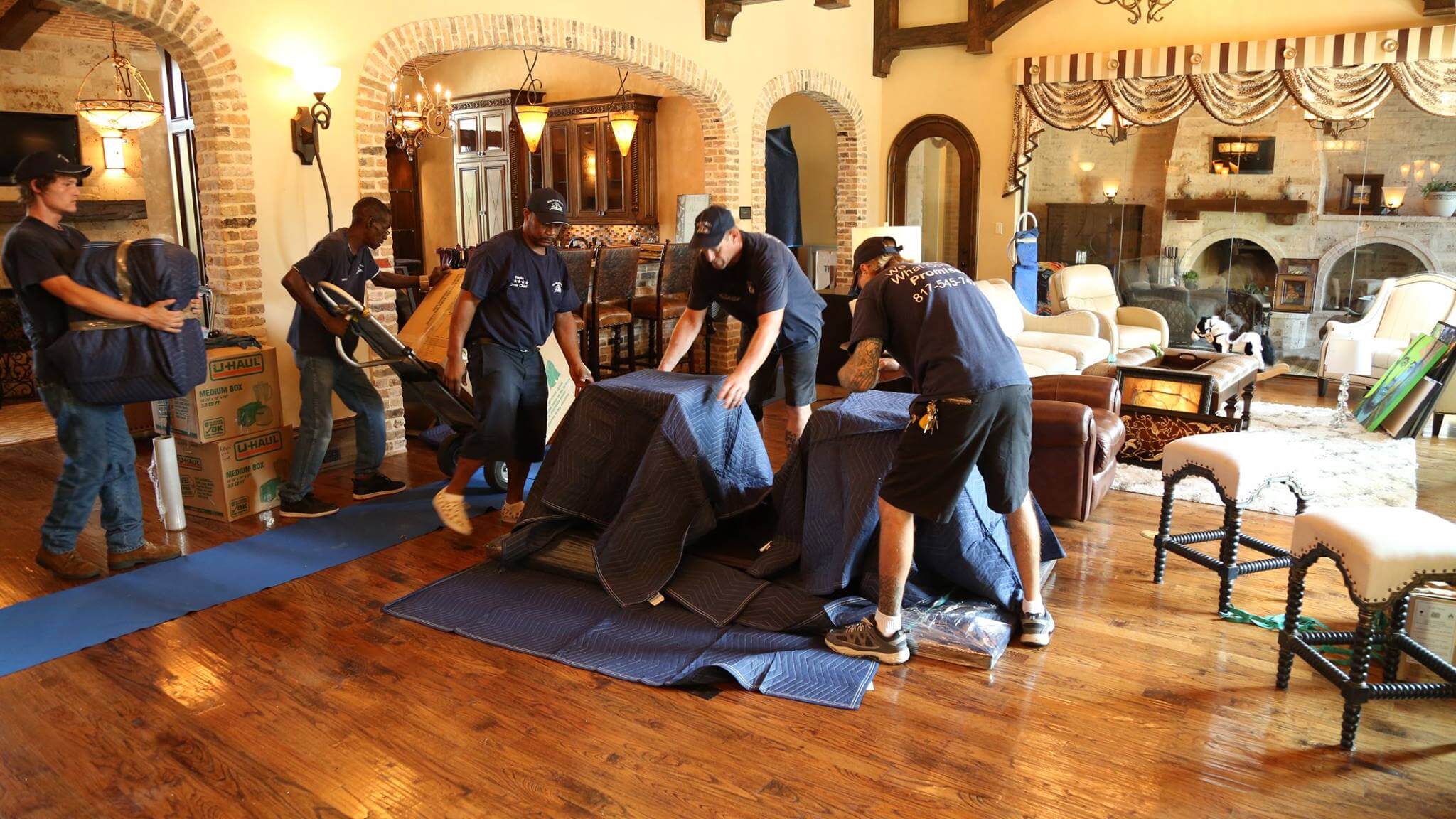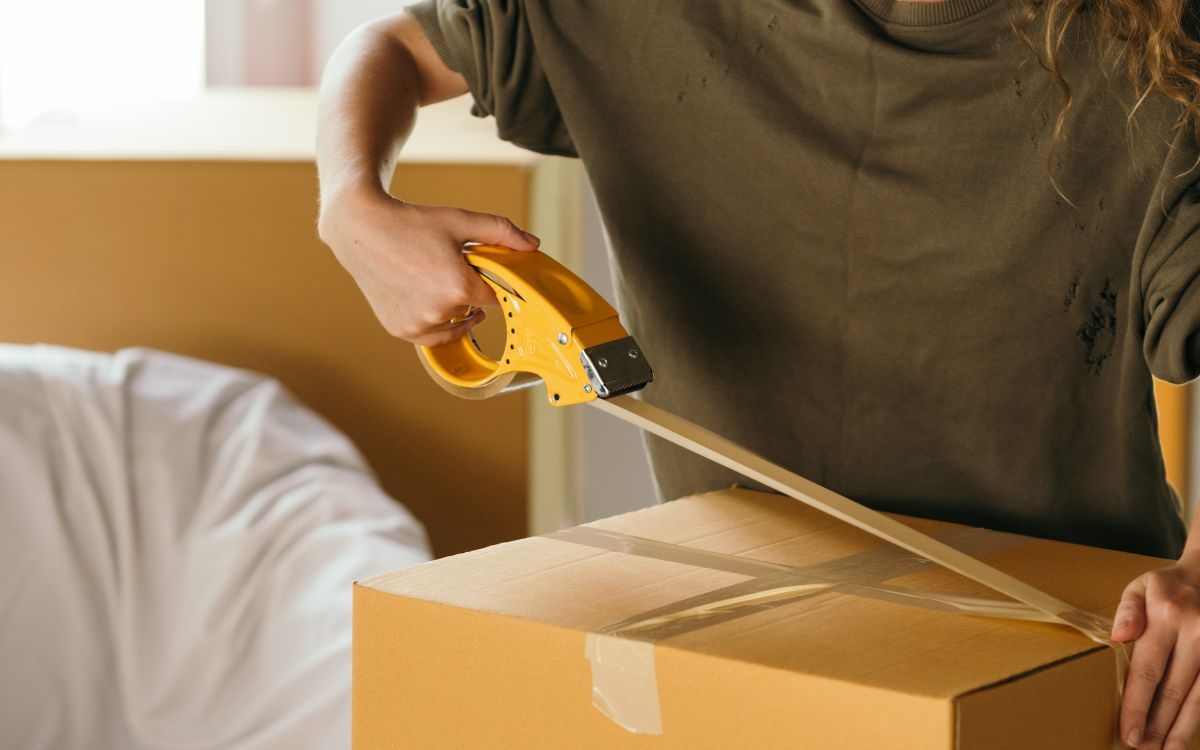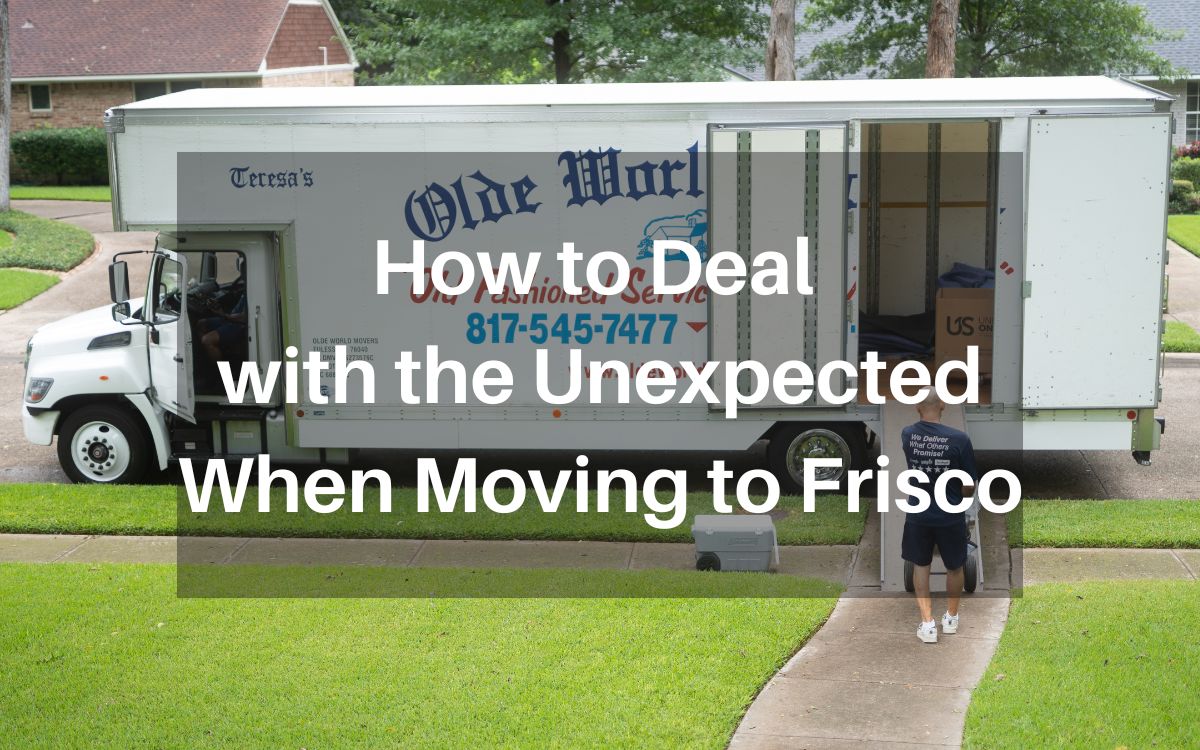
One of the most stress-inducing parts of moving is knowing how to properly pack and transport delicate items like pictures and mirrors. Due to their fragile nature, these items can break easily, which is inconvenient but also unsafe because they can produce shards of glass. If you don’t have the right supplies or don’t want to take the time to pack these items, you can always hire your movers to do it for you. They bring all the right supplies and equipment to ensure your picture frames and mirrors are packed, transported and unpacked at the destination undamaged.
Here’s how to pack your picture and mirrors if you do attempt to do this on your own.
Gather Supplies
Before you even start packing, you have to take the time to gather the proper supplies. Here’s what you’ll need:
- Packing paper
- Tape
- Markers
- Bubble wrap
- Picture or mirror boxes
- Small moving boxes
- Cardboard tubes
- Artist’s tape
- Flat foam/cardboard sheets
- Glassine, archival or acid-free or paper
- Photo boxes or albums
Next Steps: Wrapping Pictures and Mirrors
Whether you’re packing your great aunt’s antique mirror or a $25 framed print from the local mall, there are ways to safeguard your delicate items so they stay safe in transit. Here are some steps to follow:
- Make an “X” across the glass with artist’s tape to keep it intact while in transport.
- Place a piece of cardboard or foam board over the glass, securing it with packing tape.
- Wrap the piece in two sheets of packing paper and tape up the loose ends.
- Add bubble wrap for additional padding, securing with packing tape.
- Use packing paper to cushion the bottom of a picture or mirror box.
- Slide the frame into the box. Box large items individually in special boxes; smaller mirrors and pictures can be padded up and boxed together. Stack them vertically, not flat.
- Fill any extra space with paper so nothing shifts.
- Tape the box and label it “fragile” on all sides.
Moving Canvases
How you pack canvases will depend on whether yours has been stretched across a wooden frame or whether it has been rolled up. Let’s go over steps for each:
Stretched
- Cover the canvas with acid-free, glassine or archival paper.
- Tape foam or cardboard to the back of the canvas.
- Place the canvas inside a wrap bag to keep moisture at bay.
- Wrap the object with bubble wrap and secure with tape.
- Place the canvas between two sheets of cardboard or foam board, using the packing tape to secure them together.
- Line a picture or mirror box with padded paper, sliding the canvas inside.
- Fill gaps with paper.
- Tape the box and label it with a marker.
Rolled
- Place the canvas between two sheets of paper, with the painted side down.
- Roll the canvas and paper loosely – not too tight!
- Follow with a roll of bubble wrap.
- Place the canvas into a tube.
- Snap on the end caps; seal with tape.
- Label the tube with a marker.
How to Store Loose Photos
Many people store loose photos in folders, photo boxes and just plain old boxes. In fact, you may have hundreds of them laying around – and they all need to make the trip unscathed. Gathering and packing them all is certainly time-consuming, but this is a necessary step especially when it comes to protecting your older and irreplaceable photos.
Check out these three ways you can organize all those loose photos so you can best protect your precious memories:
- Albums. This is the most convenient way to store photos because they can be secured all in one place. Then, you can place albums in a book case or on a shelf chronologically. When choosing the right albums, steer clear of the “magnetic” peel-and-stick types that are not acid- or lignin-free. They can damage your pictures. Once you have placed the photos into your chosen album, wrap each album in packing paper, stacking them vertically in the moving box.
- Photo boxes. Choose from a variety of sizes, colors and designs. Most come with dividers that you can customize for the year, event, etc. These are perfect for long-term storage because they don’t take up a lot of space. But again, go with cardboard boxes that are acid-free, or opt for metal boxes. You also have the choice of layering each photo between sheets of acid-free paper. Once organized, wrap each box in packing paper and put into a moving box.
- Digital storage. It will take quite a bit of time to digitally back up all your images but in the event you lose a device or it crashes, you will be glad you took the time to do this! Scan each image to your computer and store them on a cloud service, online photo storage website, external hard drive or flash drive. You could also upload them right from your phone, camera or tablet. To save time, only back up your favorites.
Extra Helpful Tips
Whenever you are faced with packing photos, canvases, picture frames and mirrors, heed these tips:
- Stick with objects that are 40 lbs. or less per box.
- Don’t wrap mirrors and frames with newspaper, as the ink could damage the object.
- Avoid using packing peanuts for padding, as they are tough to remove from glass due to the static.
- Prior to handling photos, canvases or glass, wash your hands or don cotton gloves, as the oils from your skin can cause smudging and damage the object quality.
- Load boxed frames on their sides, not flat. This is because the glass can crack under the pressure.
Contact Olde World Movers
If you need help packing your fragile items such as mirrors and picture frames, contact us today for a free quote on our moving and packing services in Fort Worth and beyond.



